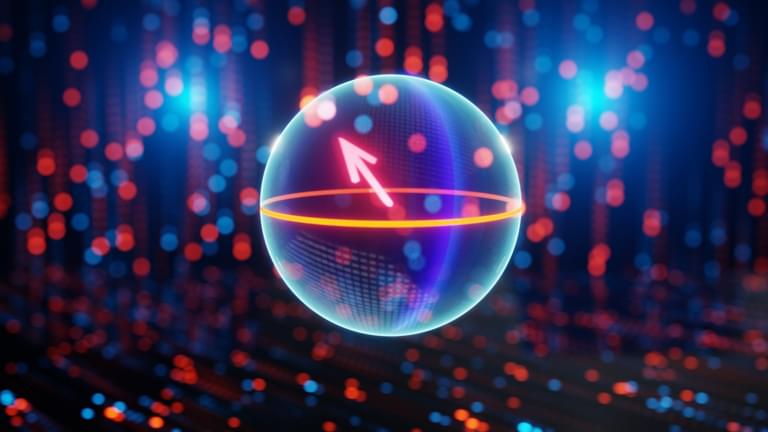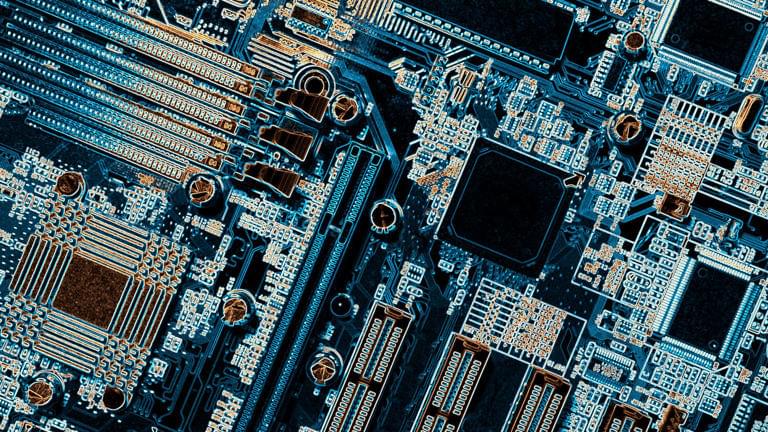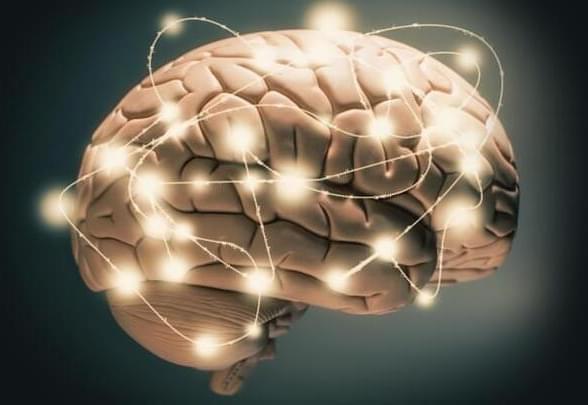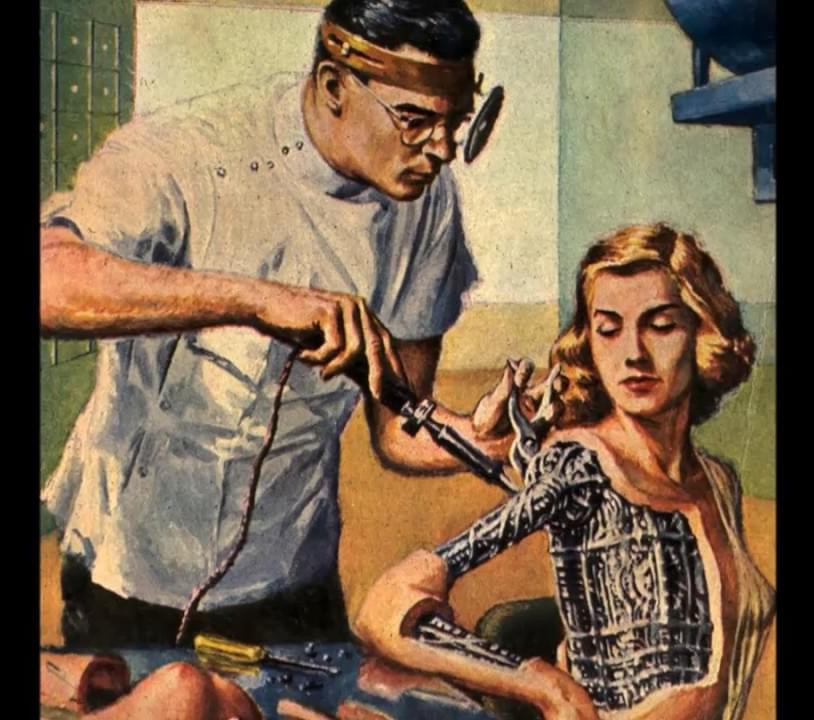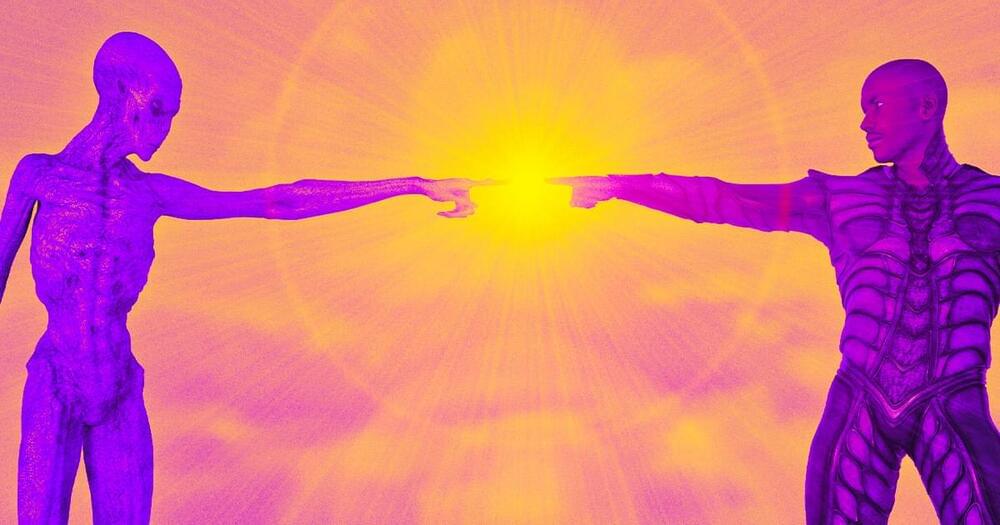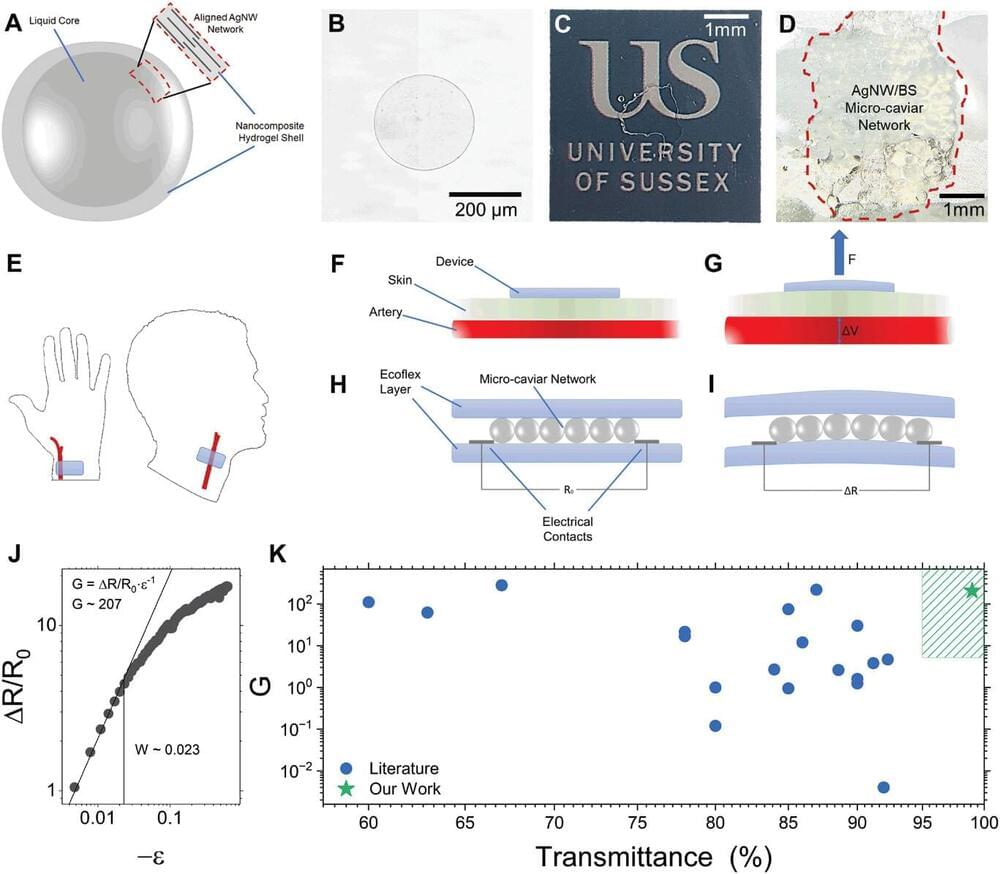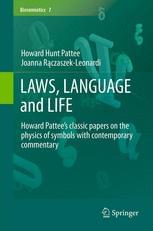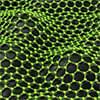
A new publication has discovered ways to reduce the toxicity of graphene oxide (GO), an ultra-thin sheet of nanomaterial derived from graphite, laying the groundwork to use it as a drug delivery system.
Professor Khuloud Al-Jamal, who led the study, said: “Researchers have been incredibly excited in the potential medical applications of graphene since experiments into the nanomaterial were recognised with the Nobel Prize in Physics in 2010. However, concerns around toxicity have remained a consistent obstacle.”
Graphene oxide (GO) is an ultra-thin sheet derived from graphite. It is similar to pencil lead but includes attached oxygen atoms, making it compatible with water. Its unique physical and chemical properties mean it has a high capacity for carrying antibiotics and anticancer drugs, among others, as well as targeting specific cells, making it a potentially effective drug delivery system.
